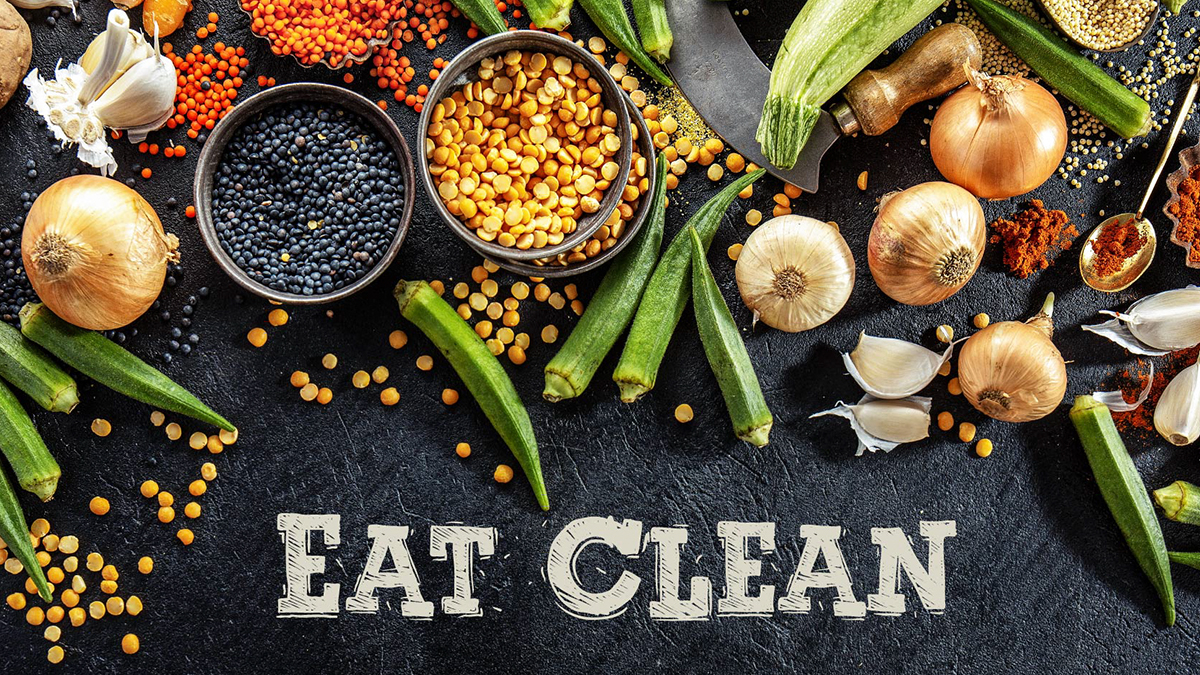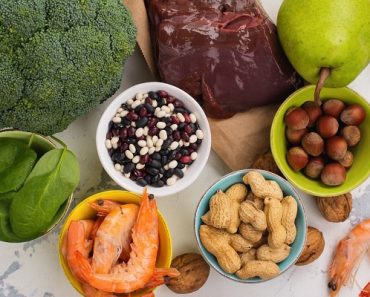In a world where fast food and processed meals dominate our diets, many people are turning to clean eating as a way to improve their health and well-being. Clean eating is not a diet in the traditional sense but a lifestyle choice that emphasizes whole, unprocessed foods. This article explores the principles of clean eating, its benefits, and practical tips for incorporating it into your daily life.
What is Clean Eating?
Clean eating is all about consuming foods in their most natural state. This means choosing fresh fruits and vegetables, whole grains, lean proteins, and healthy fats while avoiding processed foods, added sugars, and artificial ingredients. The goal is to nourish your body with nutrient-dense foods that provide the vitamins, minerals, and energy you need to thrive.

Principles of Clean Eating
Whole Foods: Focus on whole, unprocessed foods. This includes fresh produce, whole grains, lean meats, fish, eggs, nuts, and seeds.
Minimize Processed Foods: Avoid foods that come in a box, bag, or can with a long list of ingredients, especially those you can’t pronounce. These often contain preservatives, additives, and unhealthy fats.
Eat Plenty of Vegetables and Fruits: Aim to fill half your plate with vegetables and fruits at each meal. They are rich in vitamins, minerals, and antioxidants that support overall health.
Choose Whole Grains: Opt for whole grains like brown rice, quinoa, oats, and whole wheat over refined grains. Whole grains retain their fiber and nutrients, which are often lost during processing.
Healthy Fats: Include sources of healthy fats in your diet, such as avocados, nuts, seeds, and olive oil. These fats are essential for brain health and hormone production.
Lean Proteins: Choose lean sources of protein such as chicken, turkey, fish, beans, and legumes. Protein is vital for muscle repair and growth, as well as overall body function.
Stay Hydrated: Drink plenty of water throughout the day. Avoid sugary drinks and sodas, which can contribute to weight gain and other health issues.
Read Labels: If you do buy packaged foods, read the labels carefully. Look for products with minimal ingredients and no added sugars or artificial additives.
Benefits of Clean Eating
Improved Digestion: Eating a diet rich in fiber from fruits, vegetables, and whole grains can improve your digestive health, reducing issues like constipation and bloating.
Enhanced Energy Levels: Whole foods provide a steady source of energy, preventing the blood sugar spikes and crashes associated with processed foods and sugary snacks.
Weight Management: Clean eating can help you maintain a healthy weight. Whole, nutrient-dense foods are typically lower in calories and more satisfying, reducing the likelihood of overeating.
Better Skin Health: A diet high in antioxidants, vitamins, and minerals can improve your skin’s appearance, making it look healthier and more radiant.
Reduced Risk of Chronic Diseases: Clean eating can lower your risk of developing chronic diseases such as heart disease, diabetes, and certain cancers. Whole foods support your body’s natural defense mechanisms and reduce inflammation.
Practical Tips for Clean Eating
Plan Your Meals: Take some time each week to plan your meals and snacks. This helps you make healthier choices and avoid the temptation of processed convenience foods.
Cook at Home: Preparing your own meals allows you to control the ingredients and avoid added sugars, unhealthy fats, and artificial additives.
Shop the Perimeter: When grocery shopping, stick to the outer aisles of the store where fresh produce, meats, and dairy are usually located. Avoid the inner aisles filled with processed foods.
Grow Your Own: If possible, grow some of your own fruits, vegetables, and herbs. This ensures you have access to fresh, organic produce.
Prepare Snacks Ahead: Make healthy snacks ahead of time, such as cut-up veggies, hummus, or fresh fruit, so you have them on hand when hunger strikes.
Stay Informed: Keep educating yourself about clean eating. There are many resources available, including books, blogs, and nutrition experts who can offer guidance and recipes.
Challenges and Solutions
Transitioning to a clean eating lifestyle can come with challenges, such as finding time to cook or overcoming cravings for processed foods. Here are some common obstacles and ways to overcome them:
Time Constraints: If you’re short on time, consider meal prepping on weekends. Cook large batches of healthy meals that you can store and reheat throughout the week.
Budget Concerns: Clean eating doesn’t have to be expensive. Buy seasonal produce, shop at farmers’ markets, and consider frozen fruits and vegetables, which are often cheaper and just as nutritious.
Cravings: Cravings for sugary and processed foods can be tough to overcome. Try to satisfy your sweet tooth with natural sugars found in fruits or make healthy versions of your favorite snacks.
Social Situations: Eating out or attending social gatherings can be challenging. Look at menus ahead of time to find clean options, and don’t hesitate to bring a healthy dish to share at gatherings.
Clean eating is a sustainable approach to nutrition that emphasizes whole, unprocessed foods. By focusing on natural ingredients, you can improve your health, boost your energy levels, and reduce your risk of chronic diseases. While it may require some planning and adjustments, the benefits of clean eating make it a worthwhile commitment to your overall well-being. Start making small changes today, and gradually incorporate more whole foods into your diet for a healthier, happier you.






